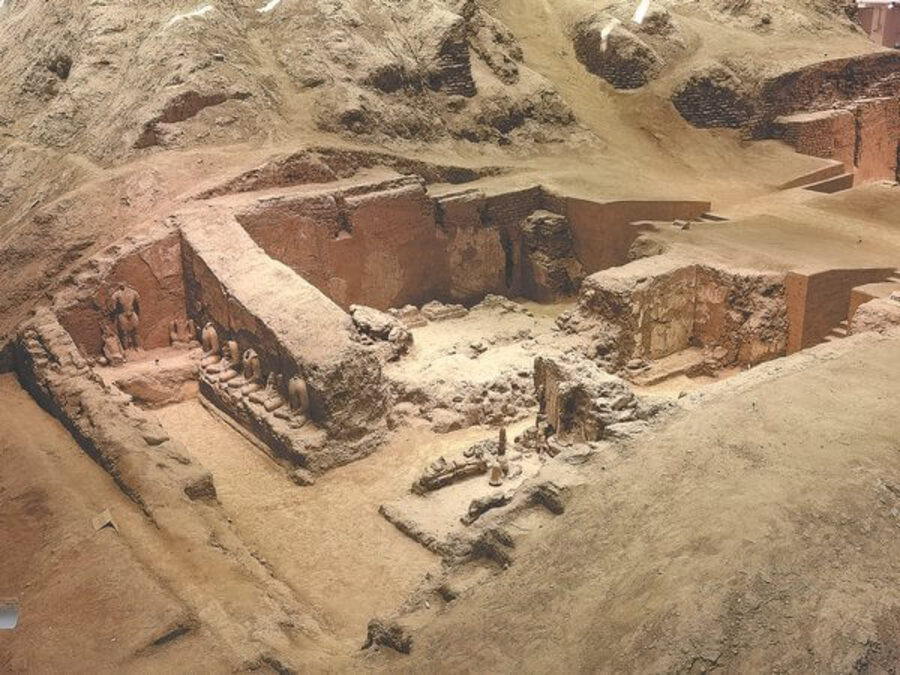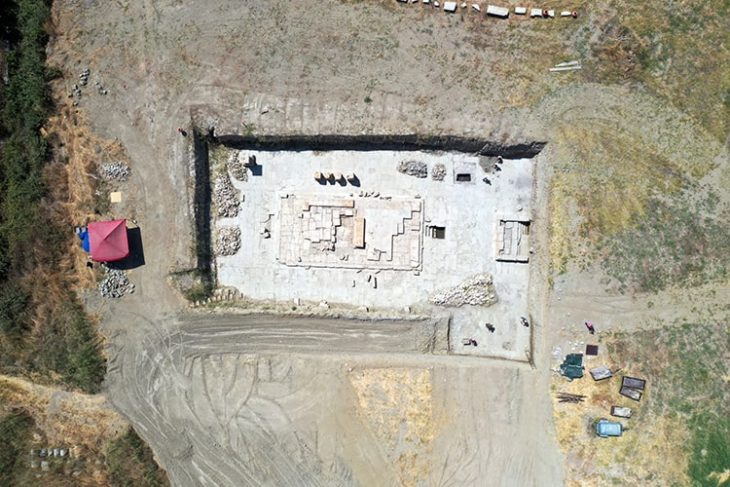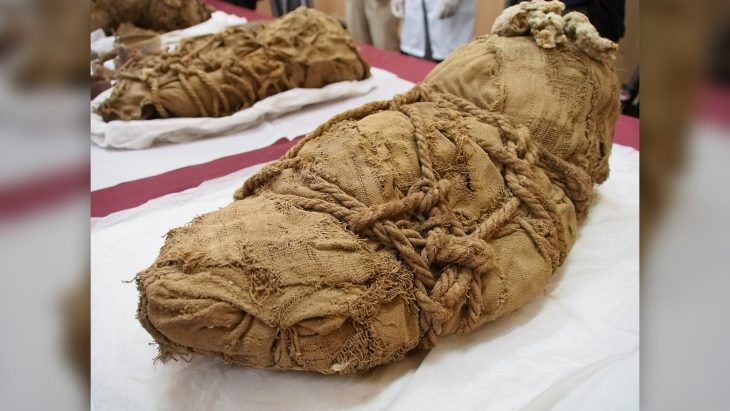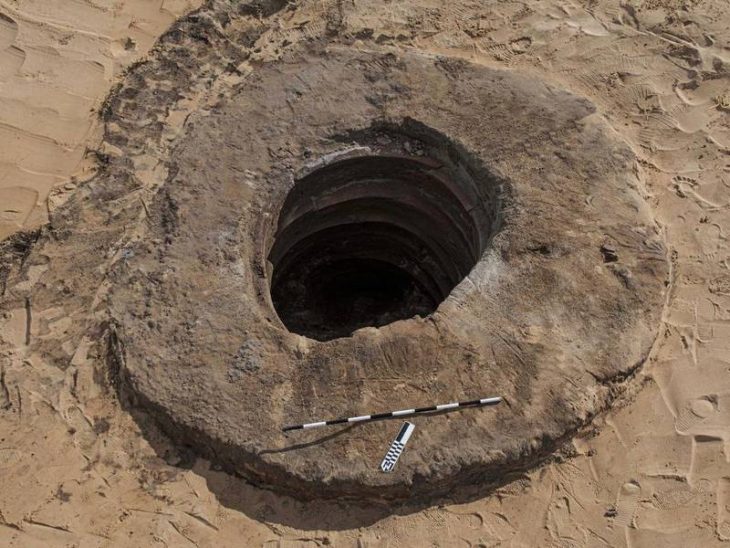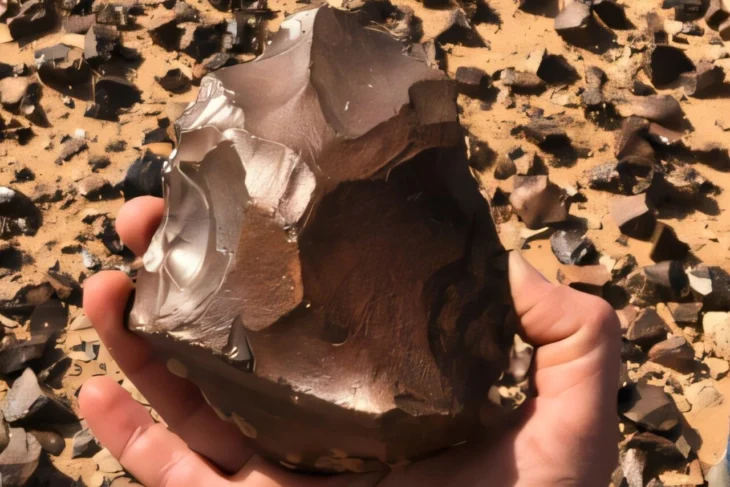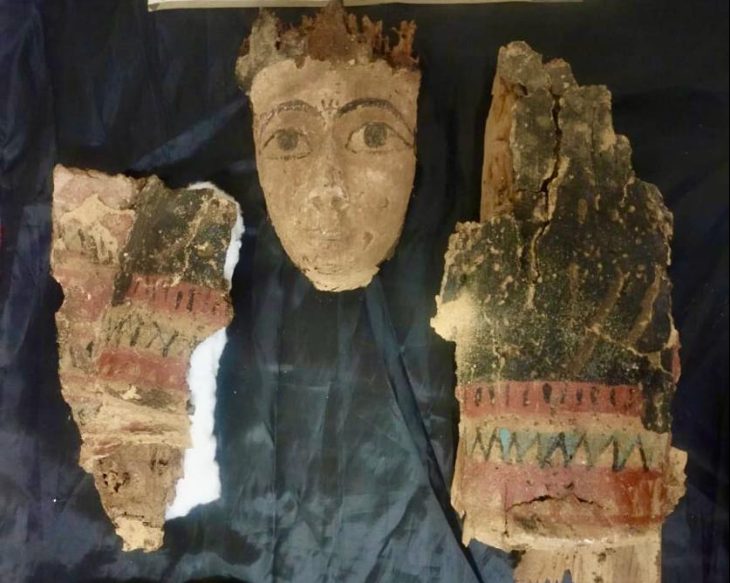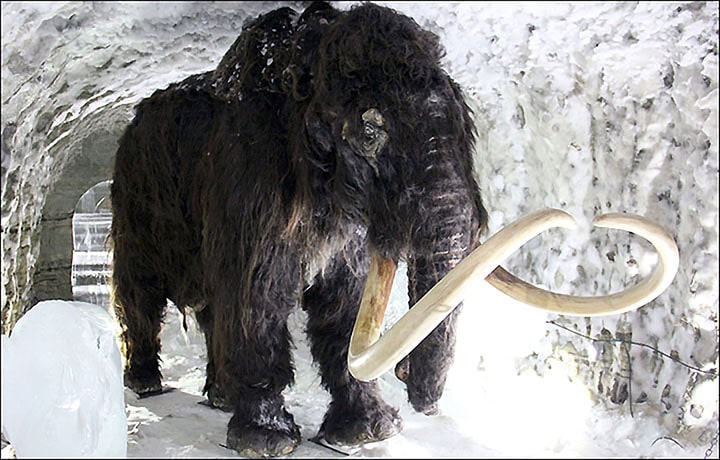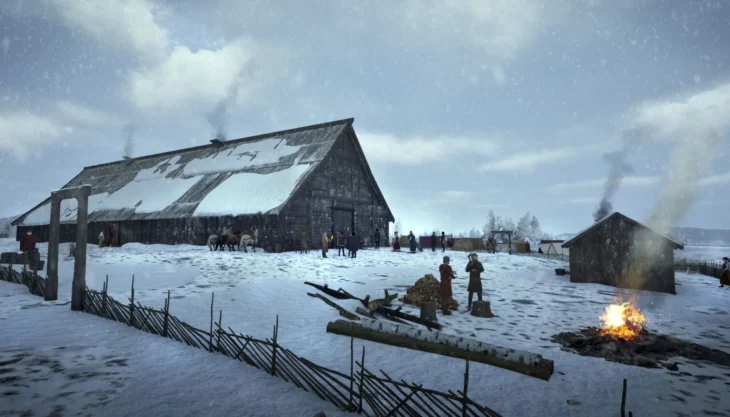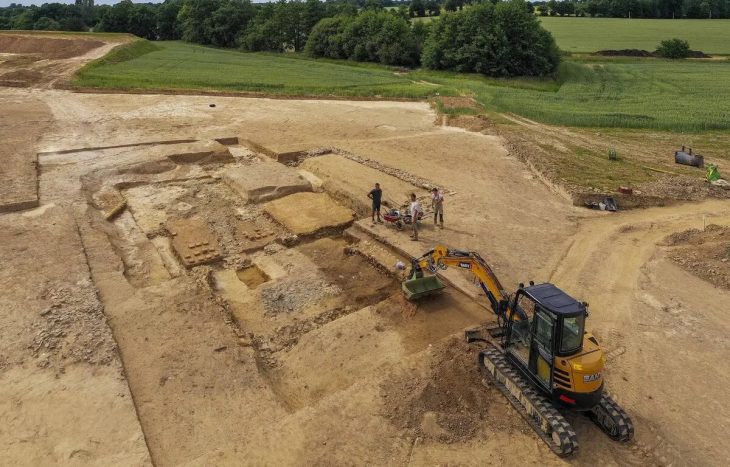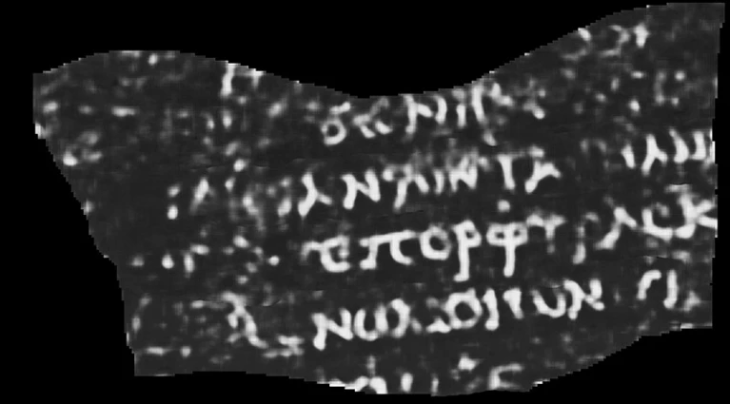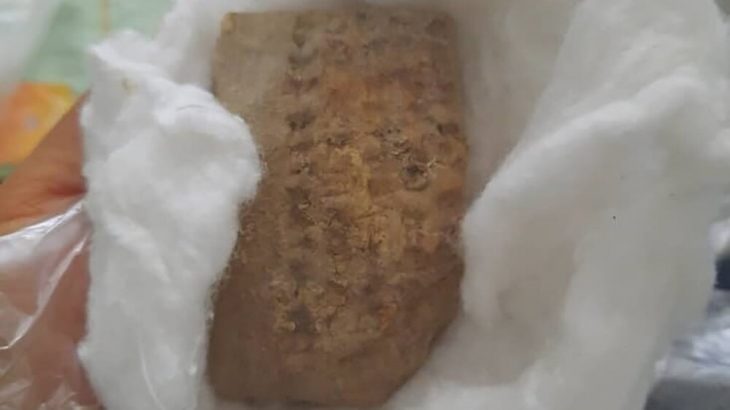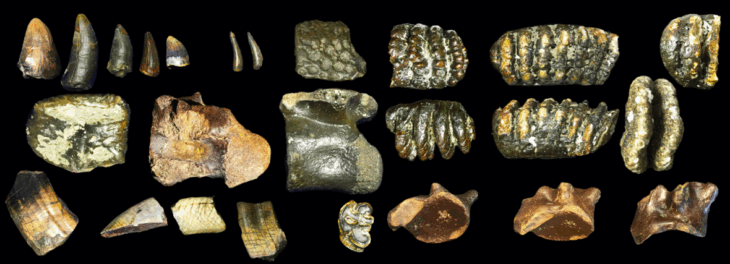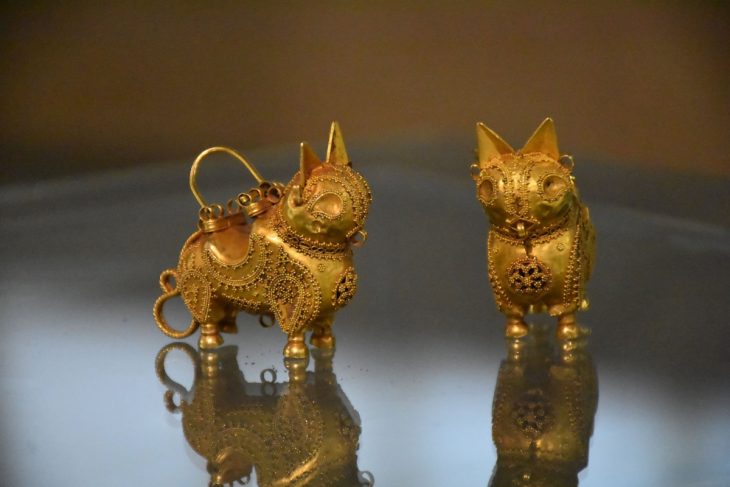Recent archaeological investigations in the Xinjiang Uygur Autonomous Region have significantly enhanced our understanding of the area’s historical context and its connection to the ancient Silk Road, according to a report by Fang Aiqing and Mao Weihua from Urumqi.
Over the past year, the region’s Institute of Cultural Relics and Archaeology has conducted 135 archaeological projects, including surveys and excavations, in preparation for major construction initiatives. Additionally, 15 proactive excavation projects were undertaken in collaboration with institutions like the Chinese Academy of Social Sciences’ Institute of Archaeology, as stated by the institute’s director, Li Wenying, during a January news briefing.
These proactive projects spanned various locations in Xinjiang, covering periods from the Bronze Age to the Yuan Dynasty (1271-1368). The primary aim was to uncover insights into the early civilizations of Xinjiang, its historical role in national unification, and the diverse religions that once thrived in the region.
At the Husta archaeological site in Wenquan County, a significant find was a tin-bronze alloy knife, recognized as one of the oldest bronze artifacts discovered in China and among the earliest tin-bronze items found on the Eurasian Steppe. The Husta site, located at the southern foot of the Altai Mountains, is a vast Bronze Age settlement covering tens of square kilometers, with the core area encompassing city ruins, cemeteries, and military watchtowers dating back approximately 3,600 years.
A recent excavation revealed a large cemetery located about 2 kilometers southeast of the core area, dating back 4,600 to 4,800 years, thus predating the main settlement. This cemetery features a rectangular stone-enclosed burial mound, measuring 23 meters by 25 meters and standing about 1.2 meters high, oriented slightly south of west. This discovery marks one of the earliest Bronze Age sites identified in Xinjiang.
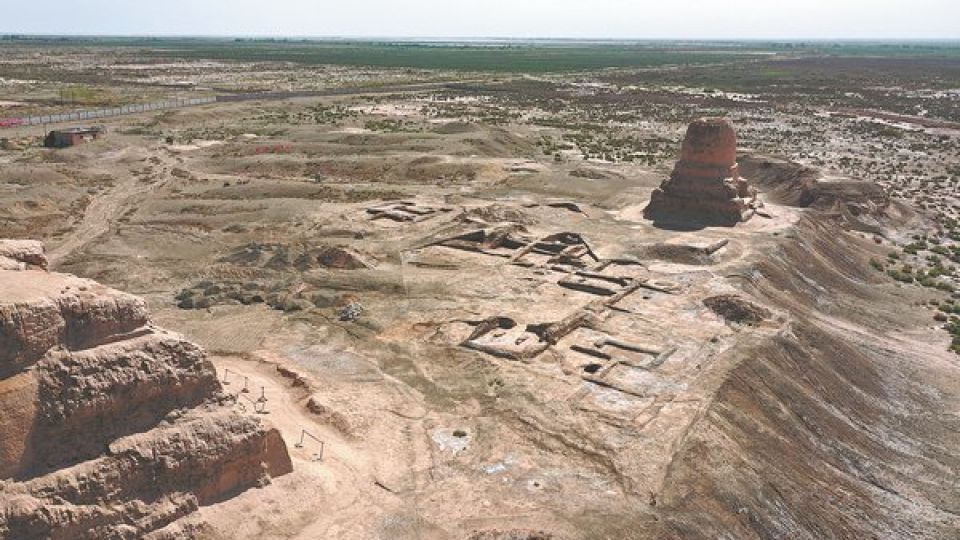
Previously, similar mid-Bronze Age tombs were primarily located in the Altai Mountains, approximately 1,000 kilometers from Wenquan County. The identification of the Husta tomb has expanded the known distribution of these burial mounds into the western Tianshan Mountains during the early Bronze Age, representing a significant advancement in the archaeological understanding of this period in Xinjiang.
Artifacts unearthed at the site include pottery, wooden objects, stone scepters, arrowheads, and a variety of ornaments, indicating a rich cultural heritage. The Husta site is part of a broader network of Bronze Age locations in the Bortala River Basin, historically significant for facilitating cultural exchanges between Central Asia and inland China.
Since 2016, excavations at Husta have revealed evidence of early domesticated horses, with molecular analysis confirming their status as some of the earliest examples found in China. Additionally, remains of millet and wheat crops, along with pottery linked to the Andronovo Culture, suggest that cultural interactions across the Eurasian Steppe were well-established by the 17th century BC.
Urban archaeology has also gained prominence in Xinjiang, with significant findings at the Wushituer ruins in Kuqa City, which date back to the Wei and Jin dynasties and the Tang Dynasty. Recent excavations uncovered fragments of Buddhist statues and murals, indicating the site’s early connections to Buddhism.
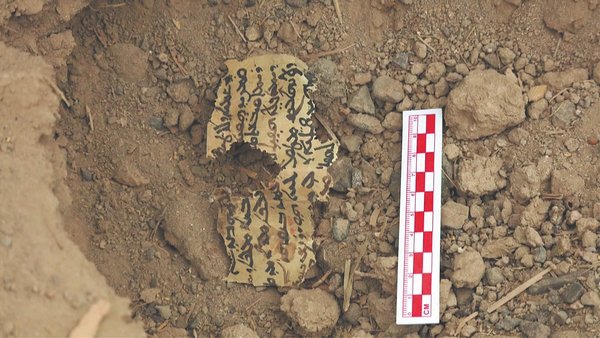
Bashbaliq City, known as the Beiting ruins, has been identified as a crucial political and cultural center along the Silk Road. Ongoing excavations are expected to shed light on the city’s evolution and its multifaceted roles, including its religious significance.
The Mo’er Temple site in Kashgar, believed to have been established in the 3rd century, has also provided insights into the early adaptation of Buddhism in China, showcasing the influence of Central Plains architectural styles.
As Xinjiang continues to invest in archaeological research, upcoming projects will focus on the ruins of Loulan Ancient City and the remains of ancient Kucha, further enriching the narrative of this historically vibrant region.
Cover Image Credit: Bashbaliq City, or the Beiting ruins in Jimsar county, Changji Hui autonomous prefecture, Xinjiang. Credit: CHINA DAILY

